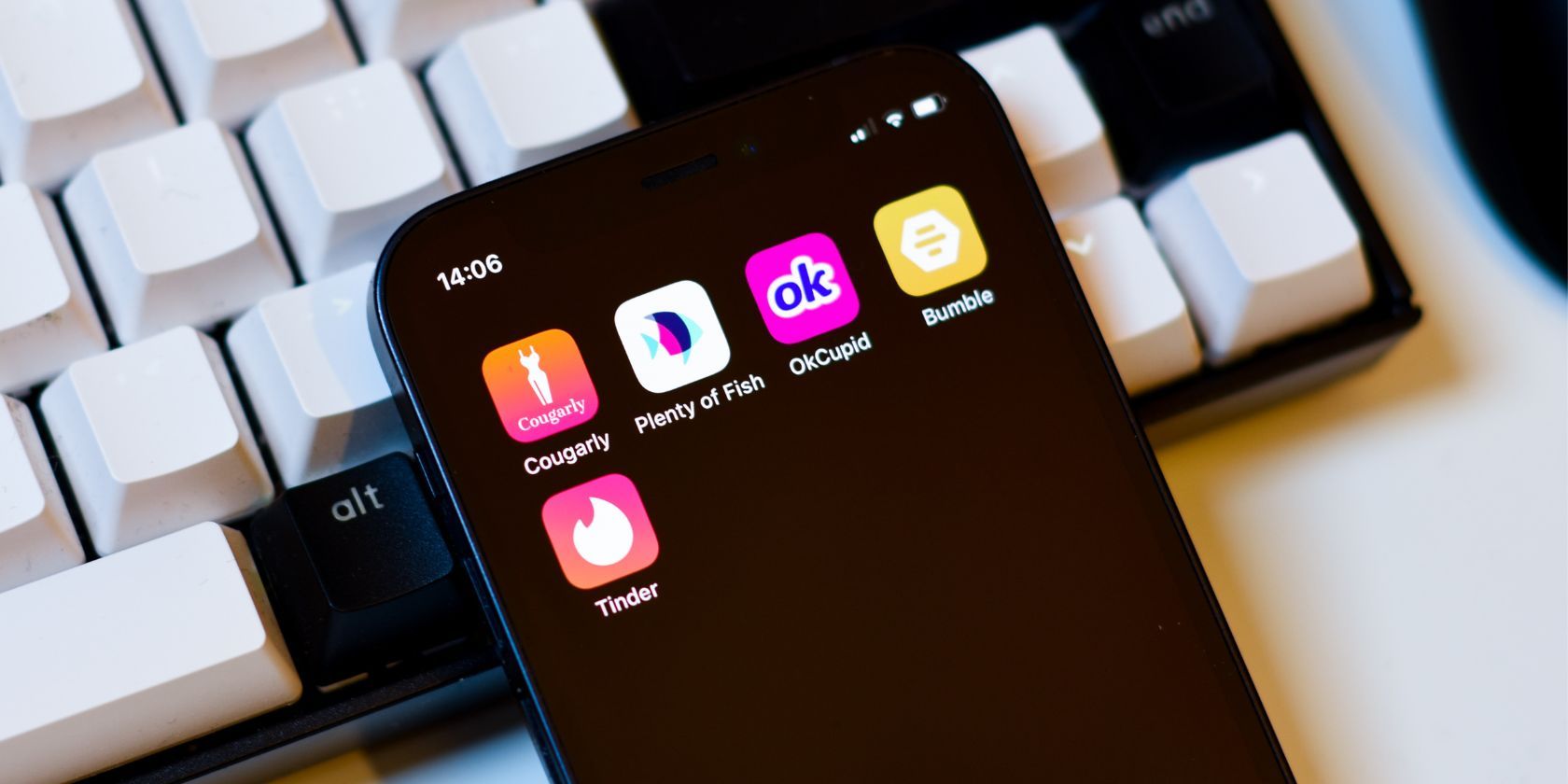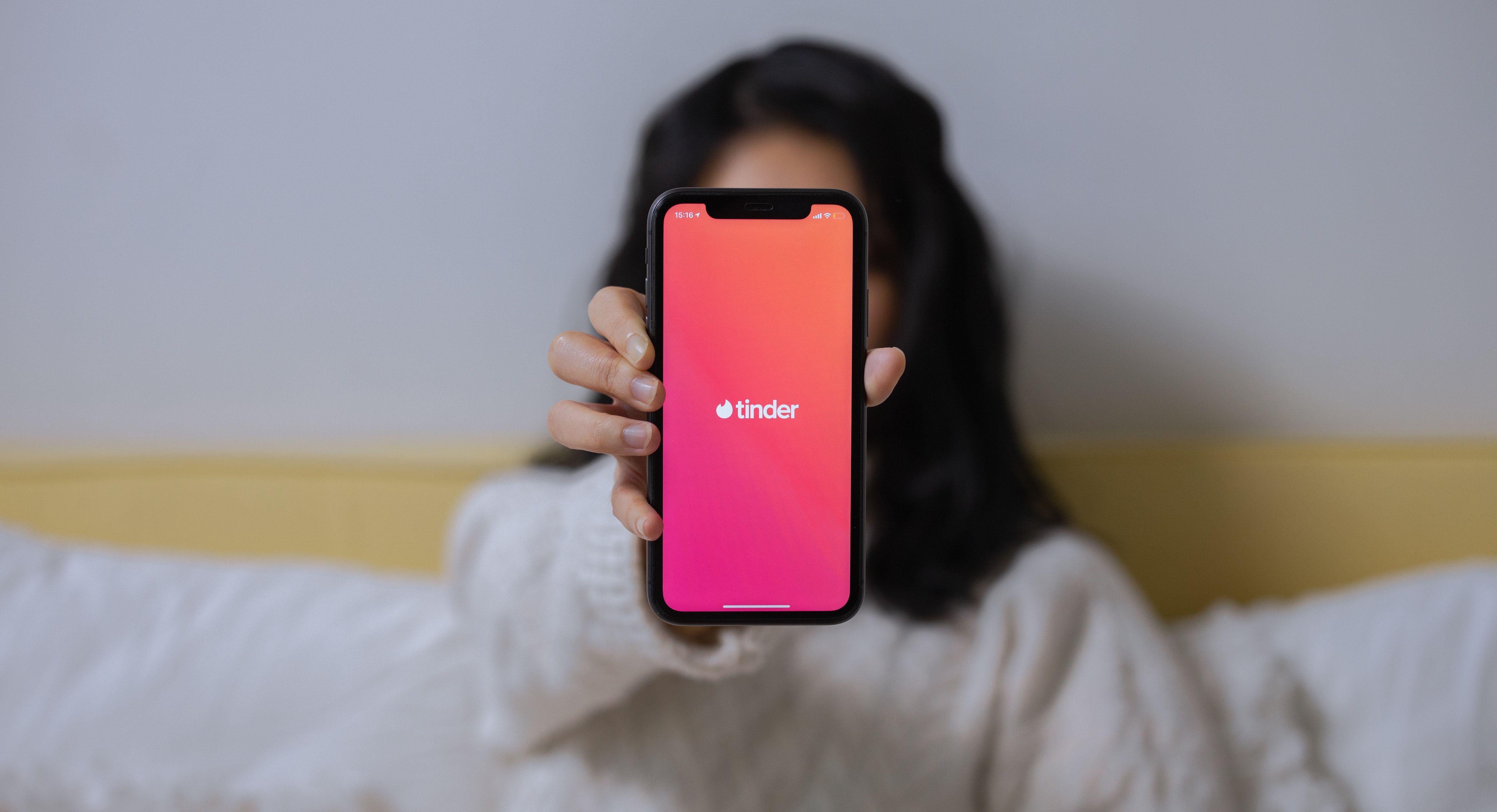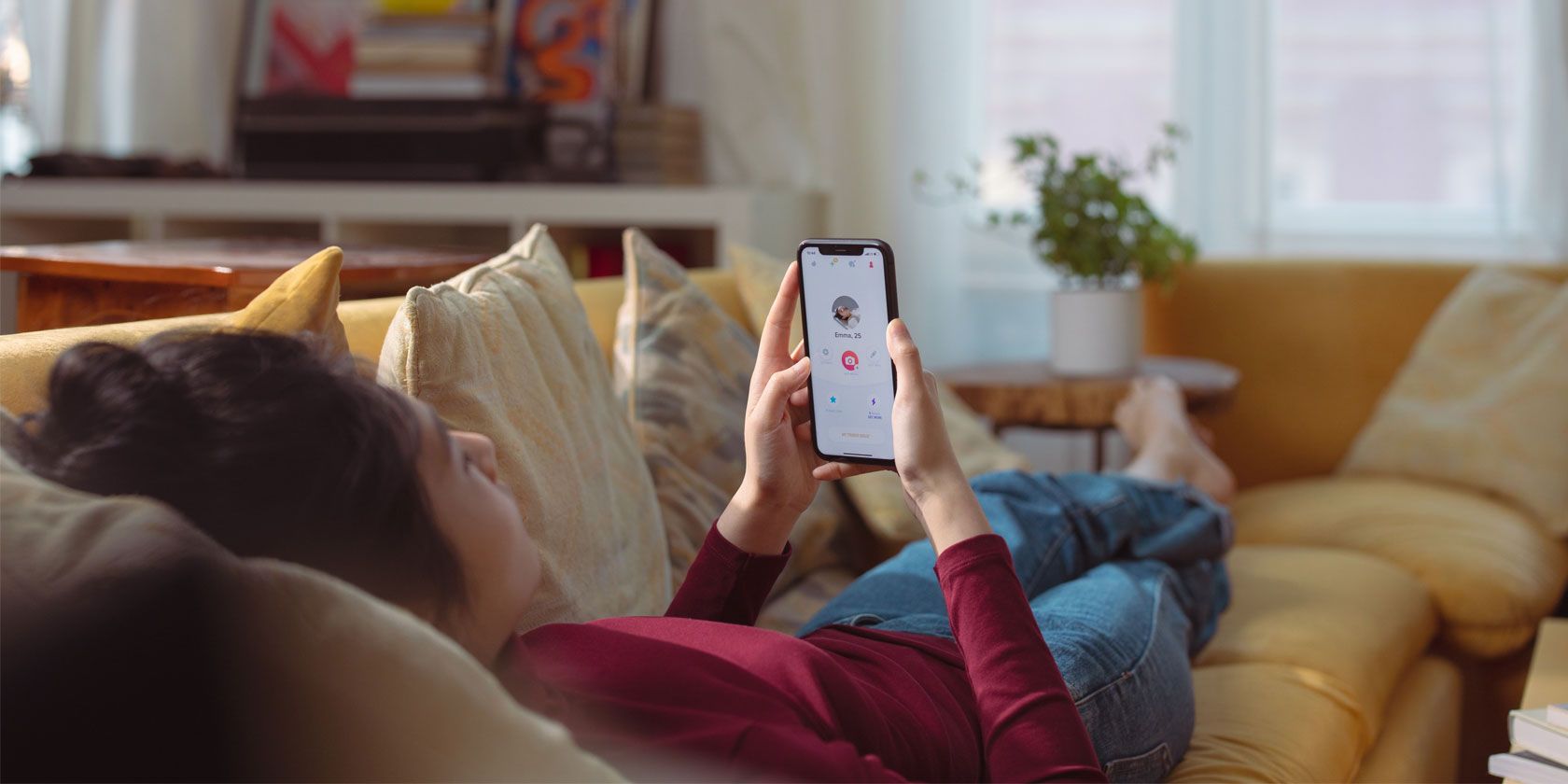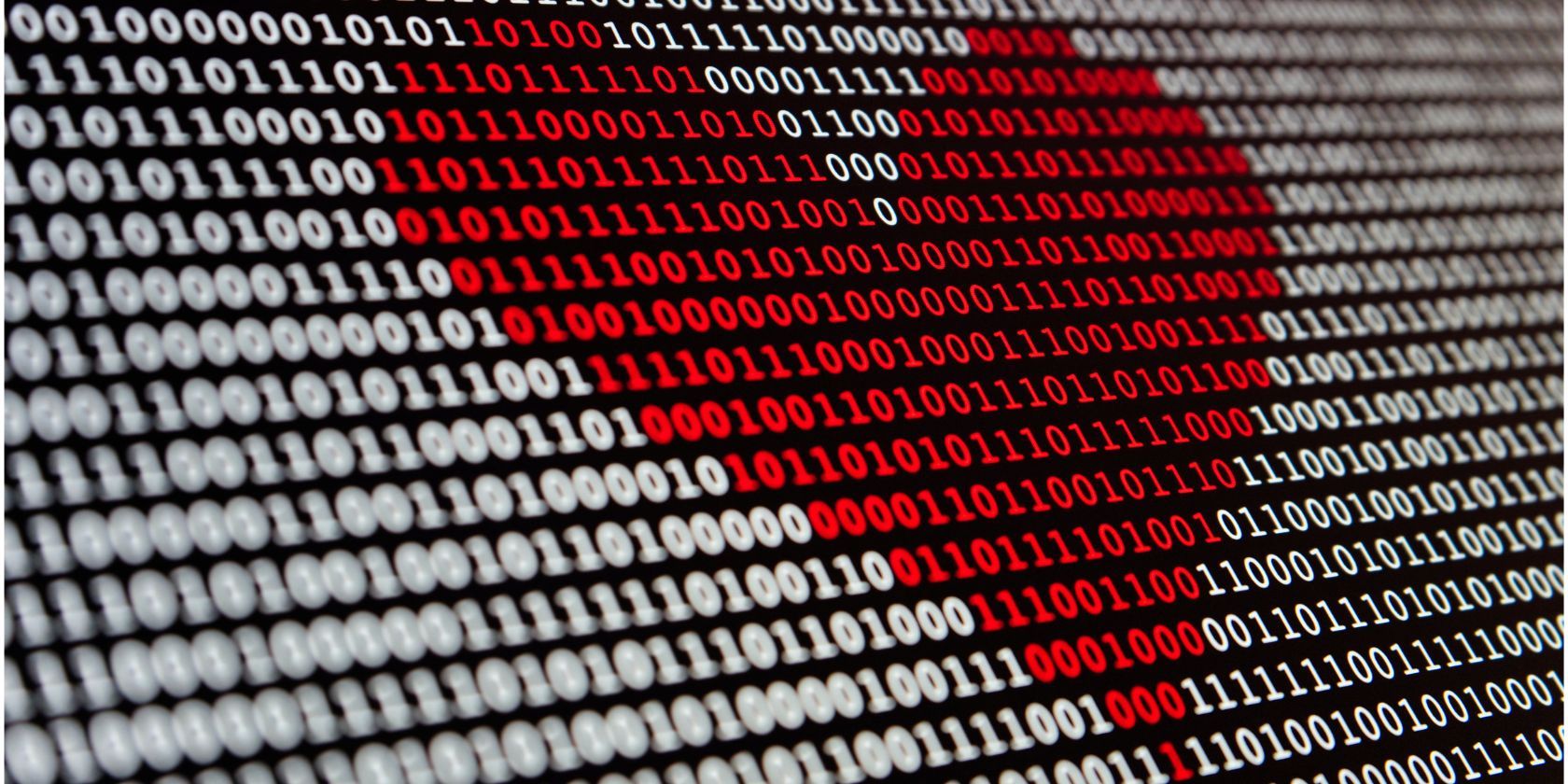Have you noticed that no matter which dating app you use, they're pretty much the same? Whether it's the swiping, similar profile information, or the same types of subscriptions, dating apps kind of blur together.
But why is this the case? Here's a look at why so many dating apps are so similar.
1. One Company Owns Many Mainstream Dating Apps
A single company owns the majority of mainstream dating apps: Match Group. According to a January 2023 Business Overview, Match Group's largest brands are Tinder, Match, Meetic, Pairs, Plenty of Fish, OKCupid, Hinge, Azar, Chispa, BLK, The League, and Hakuna. But it owns other brands in addition to these.
While these apps may have different target audiences, they have all been either started or acquired by Match Group. One notable mainstream exception is Bumble. And while Bumble isn't part of Match Group, it was founded Whitney Wolfe Herd, who is also a co-founder of Tinder.
In a 2019 article in the New York University Law Review, author Evan Michael Gilbert estimated that the global market share by revenue of Match Group was 66.4% at the time. Its largest competitor, eHarmony, made up only 10.8% of global market share by revenue.
When it comes to most major apps, Match Group is involved.
2. Most Dating Apps Use Freemium Models
While many dating apps start out completely free, to generate a profit for their parent companies and investors, they eventually need to monetize.
Some do this through advertising. But a popular way to monetize dating apps is the inclusion of subscription plans and in-app purchases.
These subscription plans and in-app purchases often include similar features, which give users the same paywalled experience. Want to get noticed? You can buy "Super Likes" on Tinder or "Roses" on Hinge.
On Bumble, you can use Bumble Boost to get unlimited swipes. With Bumble Premium, you can extend the period of time you have to message a match.
Since so many dating apps use freemium models, you may get the same type of limitations across apps as a free user. The most attractive features are the ones that provide quality-of-life improvements on the app, so you'll usually find them locked behind a paywall or otherwise limited.
3. Mobile Optimization
While dating apps were preceded by dating websites, the rise of smartphones means that most platforms have an app that is optimized for mobile.
In optimizing for the smartphone experience, some app design and user interface elements will look the same. With less display area than a website on a PC screen, apps will be visual-first and minimalistic, with gesture shortcuts for matching or rejecting another user.
The swipe feature, in particular, has proved successful across apps like Tinder, Hinge, and Bumble. Biography formats are also optimized for smartphone displays, with the profile picture of a user appearing most prominently.
There are niche dating apps where profile pictures are less emphasized or excluded altogether, but most dating apps display profile pictures prominently to capture your attention.
4. The Need for Mass Appeal
In order to succeed, dating apps need to attract enough users so that matching and making connections is possible. So while you will see a niche app pop up on occasion, these don't always attract enough users to ensure longevity.
As a result, many dating apps follow the tried and tested formula laid out by successes such as Tinder. They may tweak this formula (such as Bumble requiring women to start the conversation), but they don't stray too far from the norm.
After all, what's the point of a dating app where there aren't enough people to match with?
On occasion, rather than creating a niche dating app, mainstream apps will just incorporate an additional filter to the dating mode or add another field to bios. For example, rather than launching a dating app for dog lovers, you might be able to specify in your profile whether you're a pet owner.
Bumble lets you decide between Date, BFF, and Bizz modes. Meanwhile, Tinder's Explore feature lets you choose specific matching filters, such as friendship-only or pet lovers.
5. The Same Users Sign Up for Multiple Apps
Sometimes the dating app experience isn't the only thing that's the same. Sometimes it's also the profiles and matches that you come across.
This is because people sign up to multiple dating apps at a time. And since most apps use location and distance as part of their filtering criteria, you may see some familiar faces when you switch between apps.
So even if you're trying free Tinder alternatives, don't be surprised if you see the same users. Many are trying to increase their chance of finding a match by using multiple platforms.
6. The Science Behind Dating Success Isn't Solid
Another reason dating apps stick to a similar formula (such as using location and traits in common) is because the science behind what makes a successful relationship is still being studied. Some dating websites may use a certain algorithm, but there's no sure-fire recipe for a good outcome for a match.
This means your potential matches will be filtered using similar criteria, even across different apps. Location is one of the most-used filters. But you may also see potential matches filtered by education level, age, and other user-provided data points.
7. Dating Apps Want You to Keep Coming Back
While some dating apps market themselves based on providing successful matches, the reality is that it serves the business if you keep coming back for more.
This is why you'll see some of the same gamified elements across apps, as well as similar notifications that prompt you to log in more frequently.
This doesn't mean finding a long-term match on a dating app is impossible. But these apps are designed to keep users swiping and visiting the daily lineup of potential matches, rather than immediately finding your perfect match.
Dating Apps Are Similar, but You Should Still Try to Find One That Suits You
The fact that most dating apps offer a similar premise and similar matching mechanics doesn't mean that all hope is lost. You may find that one app suits your preferences or dating style better than another.
So look for those small but important differences in dating apps that will heighten your experience.




